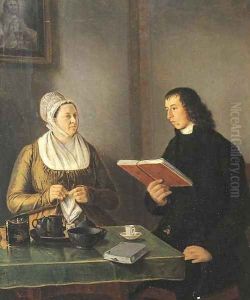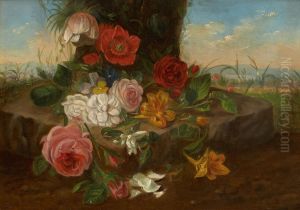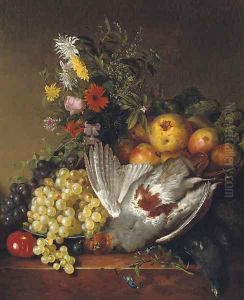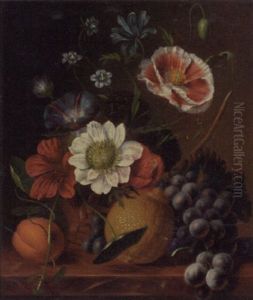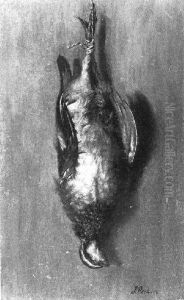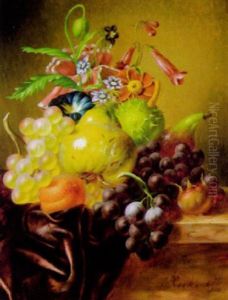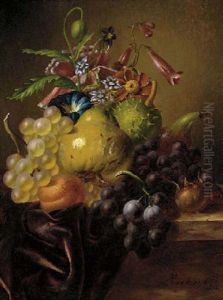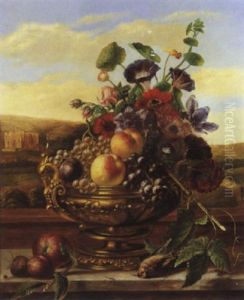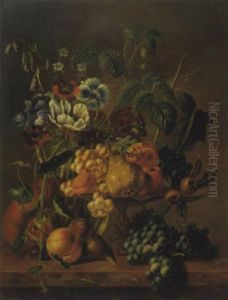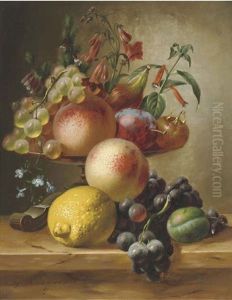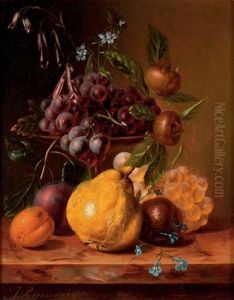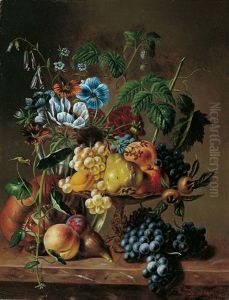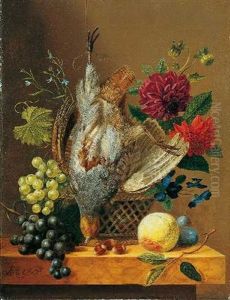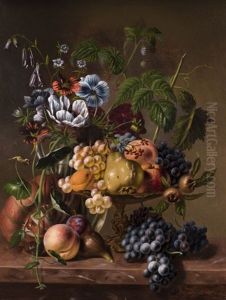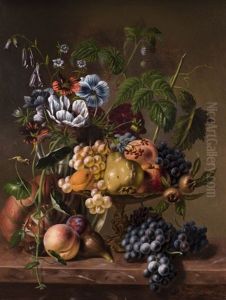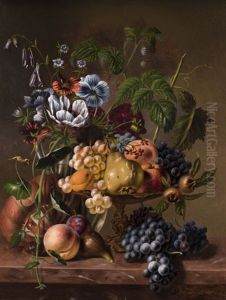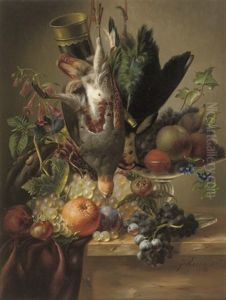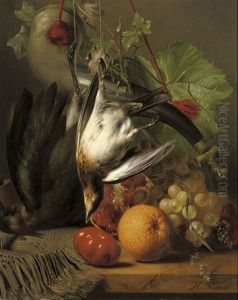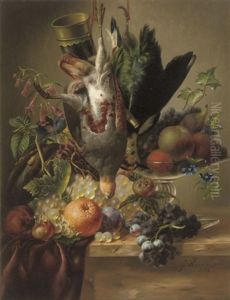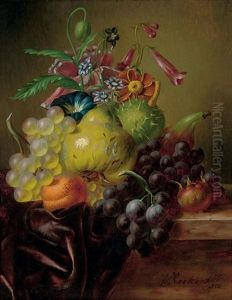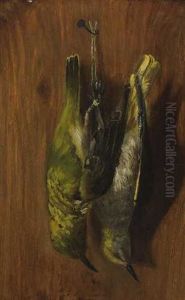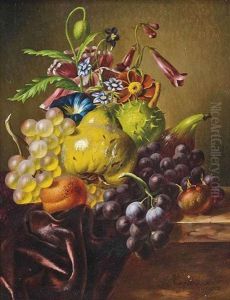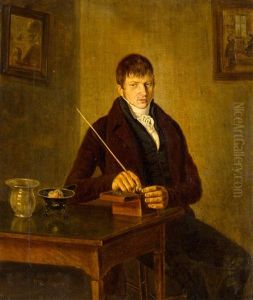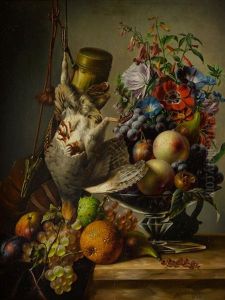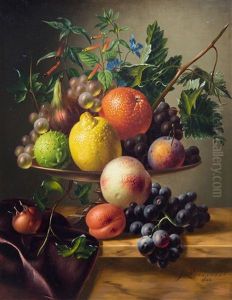Johannes Reekers Paintings
Johannes Reekers was a Dutch painter, born in 1824 in the Netherlands. He was primarily known for his still-life paintings, particularly those depicting hunting trophies and kitchen pieces, a genre that was quite popular during his time. Reekers' work is characterized by its meticulous attention to detail and the ability to convey textures and materials with remarkable realism.
Reekers' artistic journey began at a young age, showing an early talent for drawing and painting. He studied art formally, which was common for artists of his period, honing his skills and developing his unique style. Throughout his career, Reekers remained dedicated to the still-life genre, exploring various subjects within it and pushing the boundaries of realism.
Despite his focus on traditional subjects, Reekers' work was not without innovation. He had a particular skill in depicting light and shadow, which added depth and life to his compositions. His paintings often featured an array of objects, from dead game and weaponry to fruits and household items, all rendered with precision and care. This not only demonstrated his technical prowess but also offered a glimpse into the Dutch lifestyle and cultural preferences of the 19th century.
Johannes Reekers was part of a larger movement of Dutch still-life painters, but he managed to distinguish himself through his specific approach and themes. His contributions to Dutch art were recognized in his time, and he participated in various exhibitions, gaining accolades for his work.
Reekers' legacy is that of a skilled painter who contributed significantly to the still-life genre, maintaining its popularity and relevance during the 19th century. His works are preserved in several Dutch museums, where they continue to be appreciated for their beauty and historical value. Johannes Reekers died in 1895, but his meticulous compositions and mastery of detail continue to captivate art lovers and collectors around the world.
